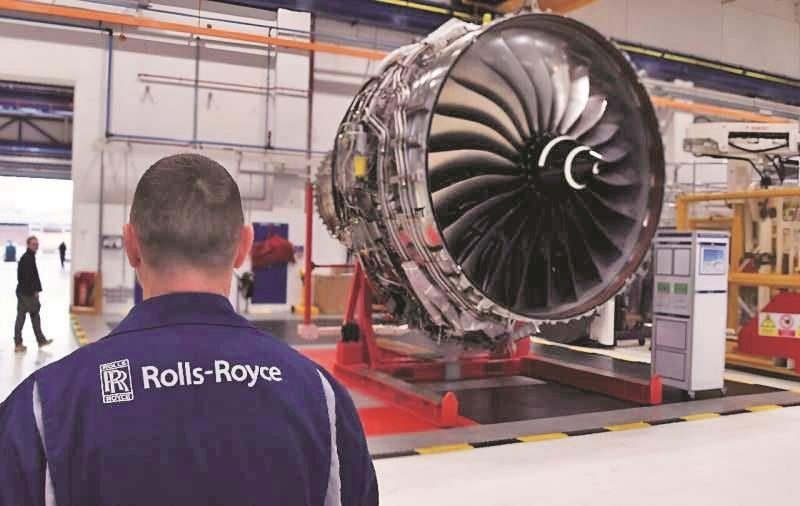Rolls-Royce begins tests on using hydrogen for commercial airlines
Hydrogen combustion engines generate energy through the reaction between atmospheric hydrogen and oxygen
Rolls-Royce on Wednesday announced the start of a new set of tests aimed at using hydrogen to power commercial airliners.
Rolls-Royce and its partner EasyJet, said they are “committed to being at the forefront of the development of hydrogen combustion engine capable of powering a range of aircraft, including those in the narrowbody market segment, from the mid-2030s onwards.”
Hydrogen combustion engines use hydrogen as fuel instead of petrol or diesel. Conventional internal combustion engines generate energy through the combustion of fossil fuels, while hydrogen combustion engines generate energy through the reaction between atmospheric hydrogen and oxygen.
Since the only products of combustion are water vapour and energy, hydrogen combustion engines significantly reduce greenhouse gas emissions. Consequently, hydrogen combustion engines are highly efficient and can generate more energy than conventional internal combustion engines. Vehicles with hydrogen combustion engines will have longer range, lower fuel consumption and, therefore, lower operating costs.
Hydrogen combustion engines produce water vapour instead of greenhouse gases emitted by conventional internal combustion engines. This benefits companies seeking to reduce their carbon footprints and improving their public image.
Several challenges remain to be addressed before hydrogen combustion engines become commercially viable. First, hydrogen is highly flammable, making it difficult to store and transport safely. The infrastructure needed to produce, store, and distribute hydrogen is expensive and still under development.
Furthermore, the efficiency of hydrogen production is low. Most hydrogen is produced from natural gas, which emits large amounts of carbon dioxide.
The latest tests, aimed at proving aerospace cryogenic liquid hydrogen pump systems, are being carried out at Rolls-Royce’s facility at Solihull, UK. These tests will address the key engineering challenge of taking low-pressure liquid hydrogen, chilled below -250°C, and pressurising it so that it can then be pumped into an engine to be combusted.
Last year, Rolls-Royce and EasyJet set a world first by successfully running a modern aero engine, an AE2100, on 100 per cent green hydrogen at Boscombe Down, UK.
The pump research tests receive financial support through the UK government’s Aerospace Technology Institute, while the broader hydrogen test programme receives funding from easyJet.
Simon Burr, the engineering chief of Rolls-Royce, said the company has identified three technology challenges in the process of enabling hydrogen for use in aviation: Fuel combustion, fuel delivery, and fuel systems integration with an engine. All elements must be confirmed to operate safely.
In September, Rolls-Royce set a world record when tests on a Pearl 700 engine, running on 100 per cent hydrogen, proved the fuel can be combusted at conditions that represent maximum take-off thrust.
The Solihull tests now mark the start of understanding the fuel delivery element. Initial tests have focused on chilling the pump and understanding its behaviour at cryogenic conditions. Further testing will resume early next year.
“We are continuing to make good progress on our hydrogen journey working alongside easyJet. Hydrogen is an opportunity that can be part of aviation’s energy transition and we are committed to fully understanding its potential,” said Burr.
“Hydrogen will be a key component in helping short haul aviation to decarbonise its operations… We look forward to working with Rolls-Royce to develop these new technologies which have the potential to create a true step-change in the aviation industry,” said Jane Ashton, director of sustainability, easyJet.
First Published: Dec 21 2023 | 10:41 PM IST
